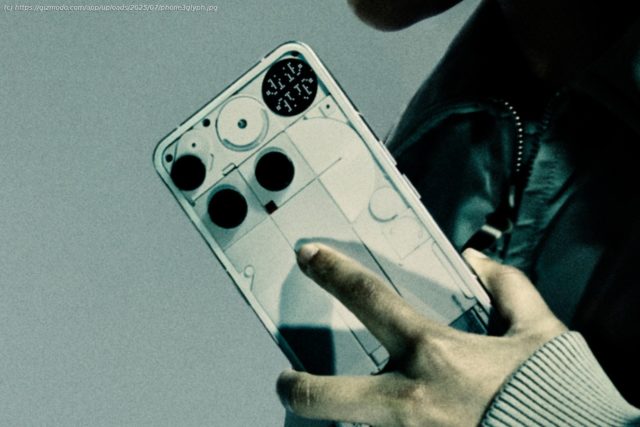Don’t call the Glyph Matrix a gimmick, okay?
Nothing CEO Carl Pei wants you to know one thing: the startup’s smartphones aren’t just relying on a schtick. The Phone 3, which was finally unveiled this week after seemingly never-ending leaks and teasers, is being billed as the company’s “true flagship,” which means… to be honest, I don’t know what the hell it means. But it’s clear that Nothing sees it as its most premium phone yet, which is evident not just through its own messaging but also its starting price. The Phone 3 costs $800—more than any other Nothing phone before it, and as much as an iPhone 16 and Samsung Galaxy S25.
And to sell users on that flagship status, Nothing is turning to a few features, the most notable of which is a re-envisioned Glyph Interface that evolves from LED light strips on the back of the phone to the “Glyph Matrix.” This little circular screen on the top-right of the Phone 3’s backside is made of 489 “individually firing LEDs.” The result is a more condensed dot matrix-style interface that can display quite a few things, including caller ID information, timers, a volume indicator, and even weird little games like rock, paper, scissors, or spin the bottle. You might be reading this and thinking “Aw, cute,” but just know that Pei’s ears are likely ringing as a result.
In Pei’s own words, he’s absolutely sick of everyone calling its phones’ Glyph Interface, or Glyph Matrix in this case, a “gimmick.” In a pre-recorded launch video, Pei said: “Some people have been calling it a gimmick, and I just have to set the record straight; it’s not a gimmick.” To back up his claims, Nothing even rolled out some stats about how many users have the Glyph Interface enabled on their devices. According to them? It’s 8/10 users. That’s good… I guess? Seems to me that a stat proving that users of your phone haven’t rage quit a feature isn’t exactly the best metric for judging whether or not it’s actually useful or materially changing the smartphone experience.






